Tuesday, 16/04/2024 | 13:10 GMT+7
In Japan, especially due to the shutdown of nuclear power plants after the great disaster, the big expectations in Japanese energy policy are rising, such as increasing renewable energy, promoting electricity system reform, introducing electric vehicles. Against this background, our smart grid environment has changed rapidly, and is a pressing issue we are currently facing.
We call our approach in this area ‘Smart Community‘, putting emphasis on community and the user side. Smart Grids or Smart Communities should not be formulated only for the benefit of the supplier side or grid management side. Of course, it is necessary to consider automatic controlling technologies of grids such as Energy Management Systems (EMS), and management centers that do not depend on consumers’ efforts alone. However, these technologies should not be introduced without verifying if the consumer’s lifestyle is actually affected by these technologies and what the given impact on their daily life is. We must understand the consumer and determine what information will encourage behavioral innovation and what information will reflect individual lifestyle in usage of heat, usage time of electric vehicles, and Home Energy Management Systems (HEMS).
Promoting smartness is not just changing existing meters to smart meters. We should always think about who will and should benefit from this. Smart community is not an approach to only improve efficiency of energy supply and use.
We foresee that the paradigm change in the system of community or society will be similar to the one we experienced during the introduction of the Internet.
In order to verify effectiveness of related technologies and provide a model of a smart community, numerous smart community demonstration projects have been conducted across Japan. Among them, there are four large-scale national projects: Yokohama City, Toyota City, Keihanna Science City, and Kitakyushu City. They are all on-going, large-scale projects and differ from each other in project program and goal-oriented approach. Let’s take a closer look at each of these four projects.
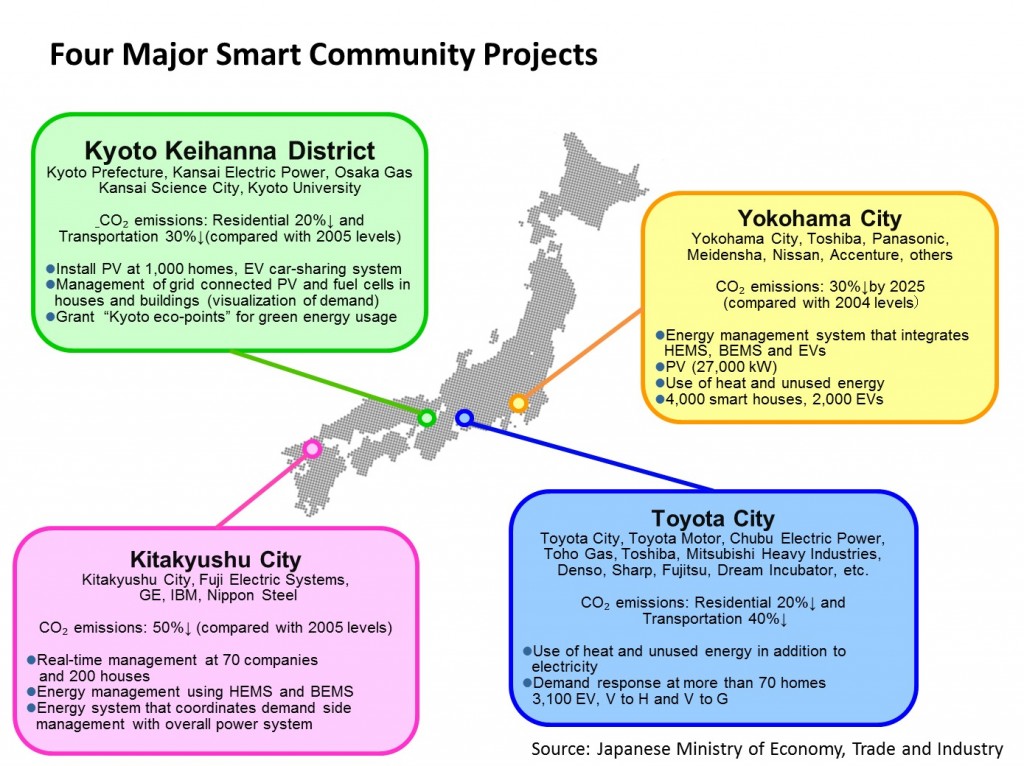
Yokohama City
The Yokohama Smart City Project (YSCP) is an effort to develop a model for smart cities by means of cooperation between citizens, private companies and the municipality, and to export the successful model to Japan and the rest of the world. Large-scale operational experiments are being held with Yokohama, a large and advanced city with a diverse topographical range of districts, as the stage. The hierarchical bundling of energy management systems enables energy management at the level of individual systems and demand-side management at the level of the overall system.
Toyota City
The Toyota City Low-carbon Low-carbon Society Verification Project (Smart Melit) seeks to envision the home environment in ten years’ time, when renewable energy in introduced, and various energy-saving and energy storage devices are more extensively used. The power transfer patterns of a variety of devices, including next-generation vehicles, will be integrated and controlled by home energy management systems, enabling users to enjoy a pleasant and convenient low-carbon lifestyle without waste and without effort. By advancing the introduction of next-generation mobility modalities, the building of public transport infrastructure, and the presentation of new forms of transport use in tandem, we are aiming to become the city with the world’s highest level of harmony between cars and people. We will use a range of energy sources including city gas and biomass, and make full use of heat and electricity. We will offer a variety of incentives to encourage citizens to engage in their own carbon-reduction activities, at the same time as making energy use visible, providing support for action, and enabling control of energy use through familiar terminal devices, making it possible to select from an optimal menu of low-carbon activities for the entire living environment with a minimum of effort.
Kyoto Keihanna District
The Keihanna Eco City the Next-generation Energy and Social Systems Project is carried out in Kansai Bunka Gakujutsu Kenkyu Toshi (Kansai Science City). It is a new city constructed by a national project to serve as a center of culture, learning, and research, a new cultural capital intended to open paths into the future. In addition to the Advanced Telecommunications Research Institute International and the Kansai-kan of the National Diet Library, the city is home to a large number of company laboratories and other research institutes, and possesses strong technological and communication capacity.
In addition to its research institutes, universities, companies and other institutions, Kansai Science City is proceeding with a large-scale housing development, making it the ideal location for testing and verifying the outcomes of research on advanced technologies and new social systems in cooperation with residents. Making full use of this environment, the project seeks to develop a Community Energy Management System (CEMS) that will minimize CO2 emissions without affecting quality of life or convenience for residents, looking towards the construction of a next-generation energy society. Beginning with assisting in recovery from the Great East Japan Earthquake, the project will extend the developed model to the rest of the world.
Kitakyushu City
The Kitakyushu Smart Community Project, sketching a vision of the optimum form for community energy management, will seek to create the appropriate social structures for a low-carbon society by innovating lifestyles, business styles, and urban planning styles. By means of the establishment and operation of a customer energy management system called Smart Community Center or the Community “Setsuden-sho,” the project aims to establish mechanisms for citizens and companies to think about and participate in the process of energy distribution. We believe that making energy use visible can encourage changes in life and business style. In addition, other initiatives will include preparation for the large-scale introduction of next-generation vehicles and their linkage with public transport. The outcomes of the operational experiments in the Higashida area will be extended to other areas of the City of Kitakyushu, for example the Jono district in Kokurakita ward (approximately 20 km2 in area), which is being newly developed, and from there to the rest of Japan and the world.
Anh Tuan
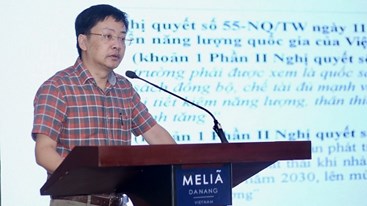

.png?w=367&h=206&mode=crop)
.jpg?w=367&h=206&mode=crop)
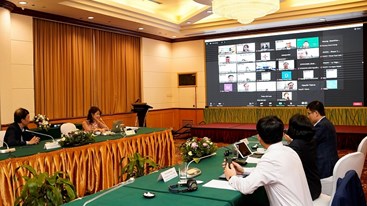

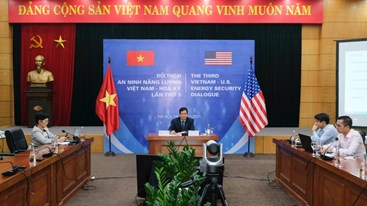
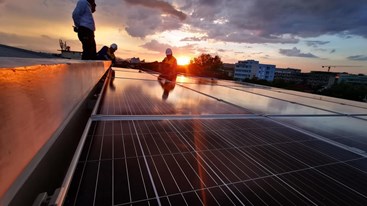
.jpg?w=367&h=206&mode=crop) Energy efficiency and conservation usage is an important aspect of the national energy development strategy
Energy efficiency and conservation usage is an important aspect of the national energy development strategy
 Challenges and Opportunities to promote energy efficiency market in Vietnam
Challenges and Opportunities to promote energy efficiency market in Vietnam
 The Ministry of Industry and Trade requests government agencies to coordinate in organizing Earth Hour 2024
The Ministry of Industry and Trade requests government agencies to coordinate in organizing Earth Hour 2024
 Consultation on Energy Efficiency Boiler Catalogue and Wood Drying Guideline
Consultation on Energy Efficiency Boiler Catalogue and Wood Drying Guideline
 Son Ha Co., Ltd, applies energy efficiency and conservation measures
Son Ha Co., Ltd, applies energy efficiency and conservation measures
 Phuc Kien Co., Ltd., is effectively implementing energy-saving measures
Phuc Kien Co., Ltd., is effectively implementing energy-saving measures
.png?w=367&h=206&mode=crop) Request for expression of interest - C2.1.13: Capacity Building on energy efficiency policies development
Request for expression of interest - C2.1.13: Capacity Building on energy efficiency policies development